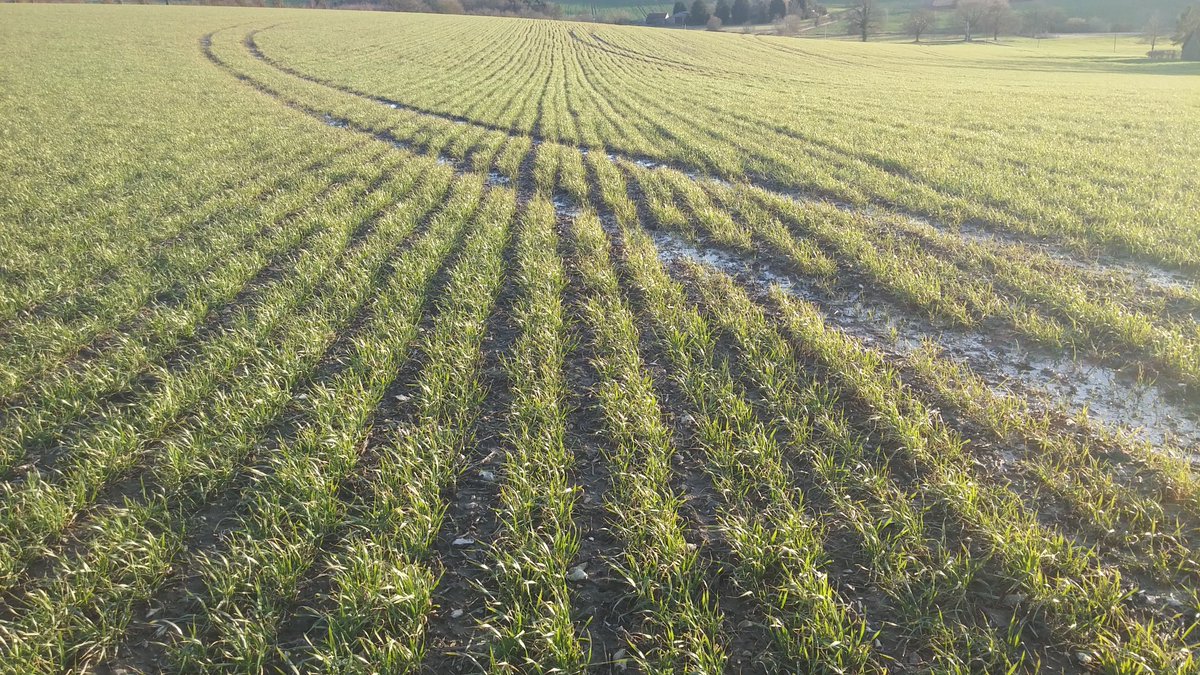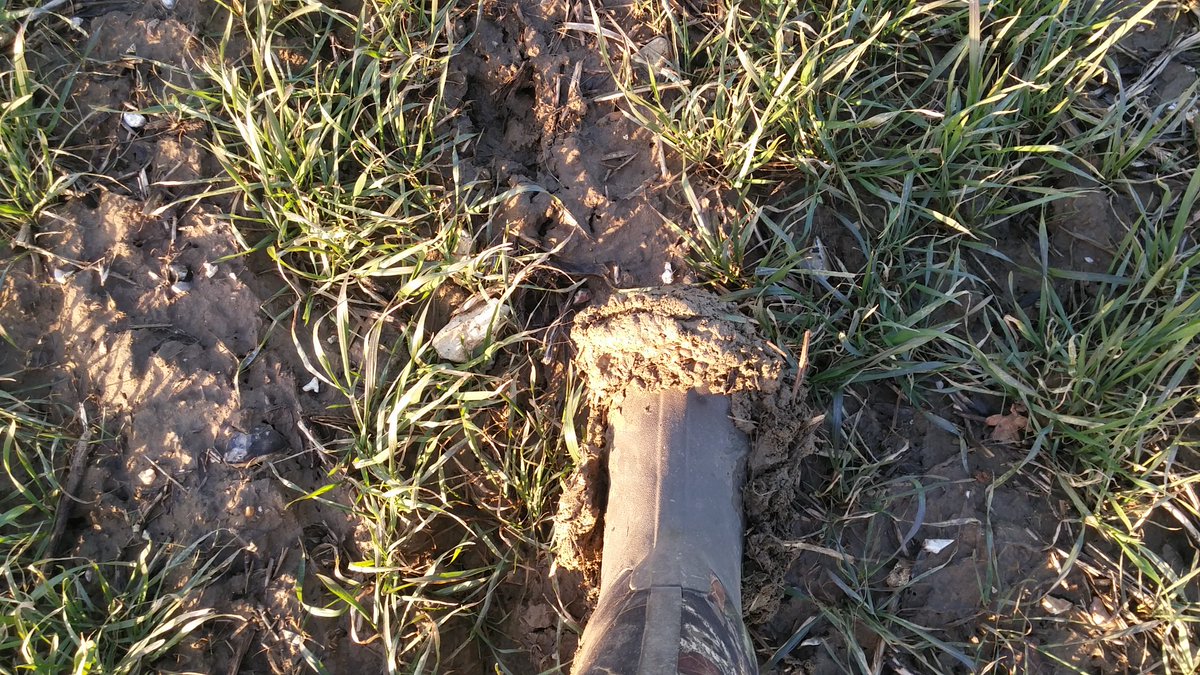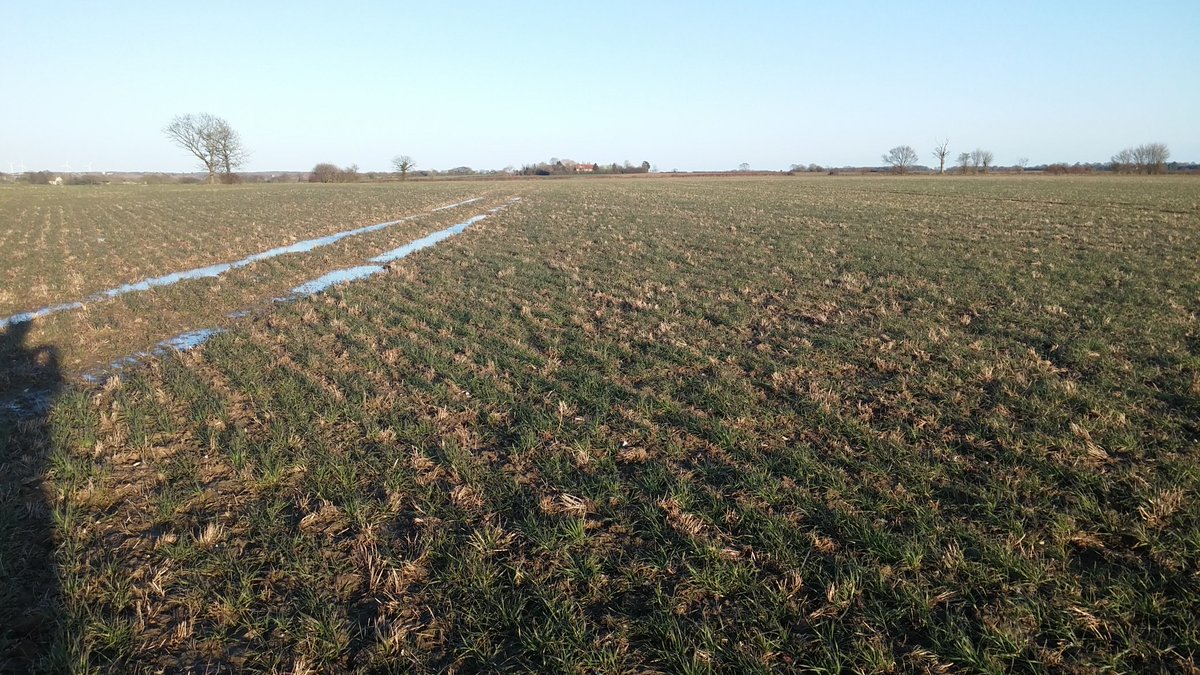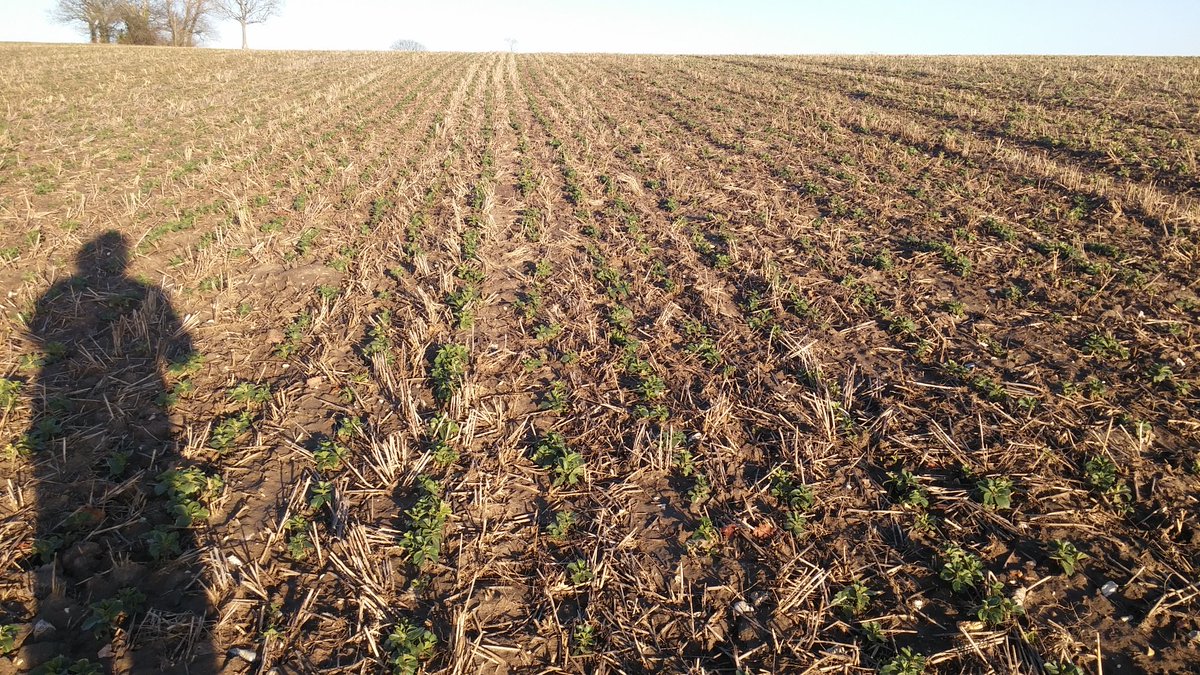View attachment 598880 View attachment 598878
It’s not the drill, it’s how you use it that counts. For OSR you need to either bale the straw, apply prilled lime or cultivate in front of the drill.
Photos are of 750a drilled rape at 2kg/ha.
I don't want to bale straw so the drill falls short of what I need for this crop - the drill should not dictate that, I have no viable market for straw in my area and I want the OM, dont want the baler contractor delays or additional traffic - there was next to no chance to bale any qty of straw around here this august so thank god I chopped it all and have timely established OSR crops today
I have drilled tried drilling lime with OSR and limed pre OSR and applied prilled lime post drilling. Light cultivation (carrier) ahead of the drill does help from experience but the increased weed burden (chalock) on this ground is notable plus its an additional cost and something we try to avoid with no till when ever possible
I have grown some good OSR crops with the 750a but not consistently and a tine does it consistently cheaply and at equally low cost and low disturbance in the case of OSR so why make life harder, or higher risk than it needs to be
its a fantastic drill and without doubt our prime drill doing the vast bulk of our work but I'm afraid its nothing special on OSR (average at best) and a cheap tine drill does a more consistent job for us on that crop without having to pander to it removing straw or spreading extra lime etc
I haven't totally given up on it as a OSR drill - following a single row test last year I have a set of Arick row cleaners on the way from Aus that I think might just help
Last edited:





























